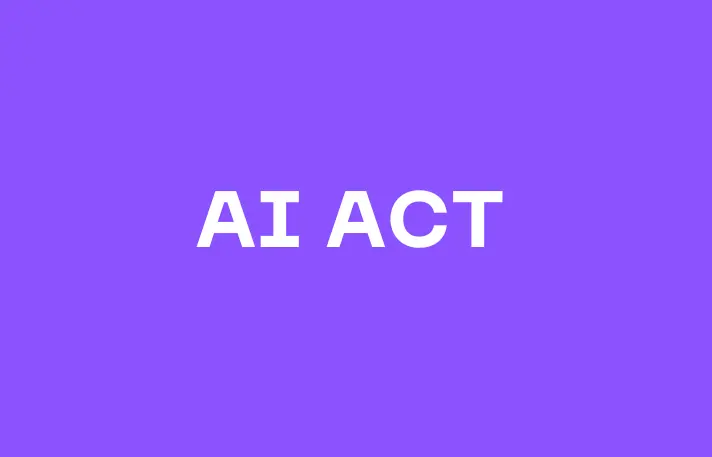The European Union has introduced the AI Act, the first-ever legal framework focused solely on artificial intelligence (AI). This legislation positions Europe as a global leader in setting standards for the development and deployment of AI technologies.
Objectives of the AI Act
The AI Act is designed to mitigate the inherent risks associated with AI technologies while fostering an environment conducive to innovation. It aims to establish clear guidelines for AI developers and users, particularly focusing on reducing the burden on small and medium-sized enterprises (SMEs). This approach not only supports the growth of the digital economy but also ensures that AI technologies remain within the bounds of ethical standards and human rights.
The Broader Regulatory Environment
The AI Act is part of a more extensive package of measures that includes the AI Innovation Package and the Coordinated Plan on AI. Together, these initiatives aim to guarantee the safety and rights of individuals and businesses and promote the adoption and innovation of AI across the European Union. This cohesive strategy underscores the EU’s commitment to developing trustworthy AI that benefits society as a whole.
Why Regulate AI?
AI technologies, while beneficial, can pose significant risks if not properly managed. Some AI systems operate in a “black box” environment where decisions are made without human oversight, leading to potential issues in transparency and fairness. For instance, AI used in hiring processes or public benefit determinations might inadvertently disadvantage certain groups of people. The AI Act addresses these concerns by establishing a regulatory framework that ensures AI systems are safe, transparent, and nondiscriminatory.
A Risk-Based Regulatory Framework
The AI Act categorizes AI systems according to their risk levels:
- Unacceptable Risk: Certain AI practices, such as social scoring by governments, are banned outright.
- High Risk: AI applications in critical areas like healthcare, policing, and legal judgments must adhere to stringent compliance standards.
- Limited Risk: AI systems that impact user interactions require specific transparency measures to inform users when they are interacting with AI.
- Minimal Risk: AI applications with negligible risk, such as AI-enabled video games or spam filters, are freely permitted.
High-Risk AI Systems
High-risk AI systems face strict requirements before they can enter the market. These include comprehensive risk assessments, high data quality to prevent biases, and robust documentation and traceability to facilitate regulatory oversight.
Enforcement and Future Outlook
The European AI Office, established within the European Commission, is tasked with overseeing the implementation of the AI Act. This body ensures that AI technologies developed or deployed in the EU adhere to the highest standards of safety and ethics.
The AI Act represents a significant step towards safe and responsible AI development. By providing a structured framework for AI regulation, the EU is not only protecting its citizens but also encouraging innovation within a defined ethical boundary. As AI continues to evolve, this legislation offers a scalable and adaptable approach to future challenges and developments in AI technology.
For ongoing updates and involvement opportunities, stakeholders and interested parties are encouraged to engage with the European Commission’s initiatives and discussions surrounding AI governance.
